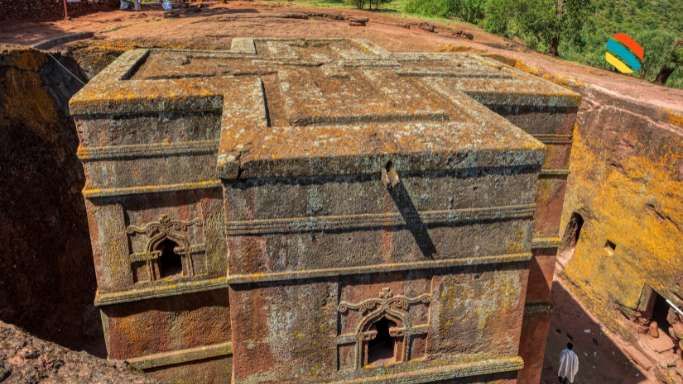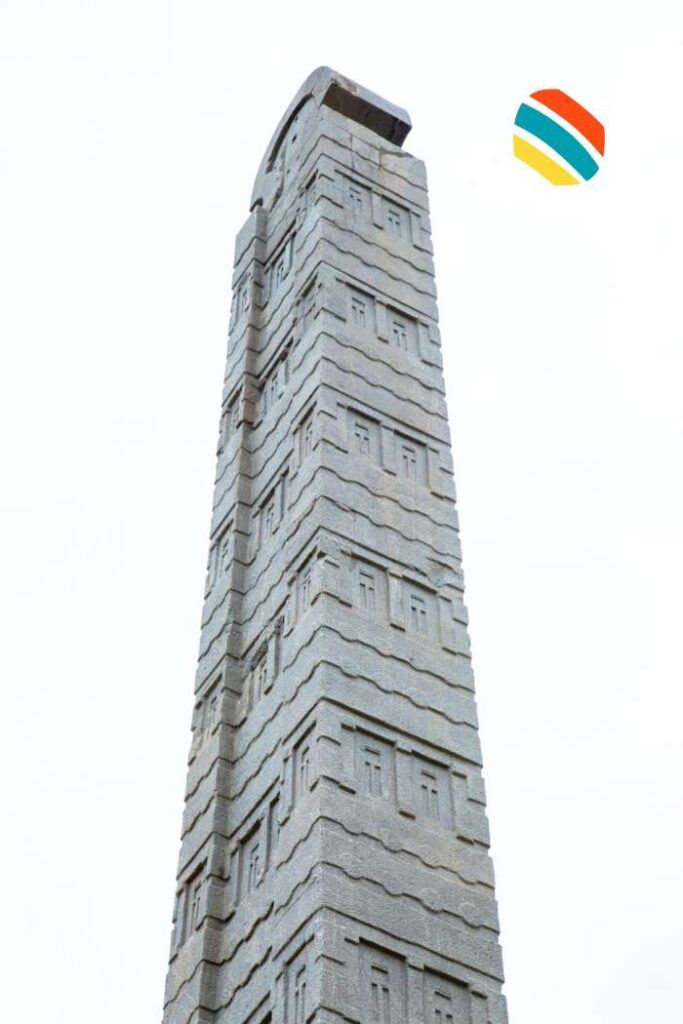Best Historical Sites to Visit in Ethiopia
Ethiopia’s rich history extends back millennia. Its historical sites, from the Aksumite realm to Lalibela, show its rich culture, which has formed the country’s personality. This article explores the best historical sites to visit in Ethiopia. It details their significance, architecture, and the travel experiences they offer.
1. Lalibela – The Stone-Slashed Temples

The Lalibela Rock Sanctuary is one of Ethiopia’s magnificent gems. They are a UNESCO World Legacy site and a journey site for Universal Christians. In the twelfth century, skilled workers cut 11 churches from strong stone, including the popular St. George’s. They are momentous instances of building inventiveness. Each church was hewn from volcanic tuff. They show great dedication to art and faith.
Visitors to Lalibela are often captivated by the churches’ details. They feature biblical carvings, crosses, and ancient symbols.
The underground passages that connect these churches are mysterious and enchanting, making their visit feel like a journey through time.
In January, many travellers run to Lalibela for the Timkat Celebration. Their hymns and prayers enrich this sacred site.
2. Axum – The Glory of the Aksumite Empire

Next on the excursion through Ethiopia’s set of experiences is Axum. It was the capital of the Aksumite Empire and is a UNESCO World Legacy site. Axum is popular for its stelae, monoliths, and the Axum Tsion St. Mary. It is an archeological fortune. It mirrors the magnificence of a realm that flourished from the first-century.
The Obelisk of Axum, once stolen by the Italians, show the city’s past glory. The largest is 24 meters high. Skilled artisans crafted each obelisk with intricate designs. Historians believe they mark the tombs of ancient kings. Travellers can explore Stelae Park, home to 40 carved pillars.
They can likewise explore the secrets of the dissipated archeological destinations. Some say that Axum is the resting spot of the Ark of the Pledge, which adds a layer of reverence to the city.
3. Gondar – The Camelot of Africa
A visit to Gondar, habitually called the “Camelot of Africa“, although I detest labels put on African sites by Western travellers, transports one to a period of Ethiopian sway.
The city is renowned for its illustrious past. It’s a UNESCO World Legacy site. It has a complex of palaces, castles, and bathhouses from seven hundred years ago. Each design is a work of art of Ethiopian engineering. It blends Gothic, Baroque, and traditional styles.
Among the most notable buildings is Fasil Ghebbi, a former royal palace. It exemplifies the grandeur once associated with Ethiopian monarchs. The castles’ layout, gardens, and the Ethiopian highlands create a captivating setting. Visitors can wander through Gondar’s royal past. It includes the stunning Debre Birhan Selassie Church. Its frescoes depict biblical scenes and angels.
4. Harar – The Walled City of Spirituality

In Eastern Ethiopia, Harar is an essential social and strict focus. It is the fourth holiest city in Islam. Harar, encompassed by old walls, has north of 80 mosques and 300 sanctuaries. These show its rich Islamic heritage.
The Jugol (the old city) invites visitors to explore its colourful, busy markets, which echo centuries of trade and cultural exchange.
Harar’s most unique feature, the Hyena Men, feed wild hyenas each night, creating a remarkable interaction between humans and wildlife.
Harar’s walled history is palpable. It is a must-visit for those seeking a mix of culture and otherworldliness.
5. Bahir Dar – Gateway to Natural and Historical Wonders
Bahir Dar, by Lake Tana, is a stunning gateway to Ethiopia’s beauty and history. The lake has many ancient monasteries, like Ura Kidane Meheret. They house priceless manuscripts and artifacts from the 14th century.
The Blue Nile Falls, or Tis Issat (water that smokes) is a top attraction. The river cascades over cliffs, creating a misty, rainbow-filled spectacle. Bahir Dar is a must-visit city. Its serene lakes and rich religious history show nature’s beauty and Ethiopia’s faith.
Conclusion
Ethiopia’s historical sites are not simple leftovers of the past. They are energetic accounts of a country with rich practices and versatility. Lalibela’s stone-slashed places of worship, Axum’s pillars, Gondar’s palaces, and Harar’s soul show an alternate side of Ethiopia’s rich history.
These sites invite travellers to connect with a nation that shaped world history. It promises an experience that will linger after the journey ends.
Visiting these landmarks lets one absorb Ethiopia’s heritage. It also makes one part of its ongoing story. If you love history, culture, or adventure, explore Ethiopia’s rich past. It awaits you.
Meskel Festival: What You Need to Know About the Ethiopian Culture
